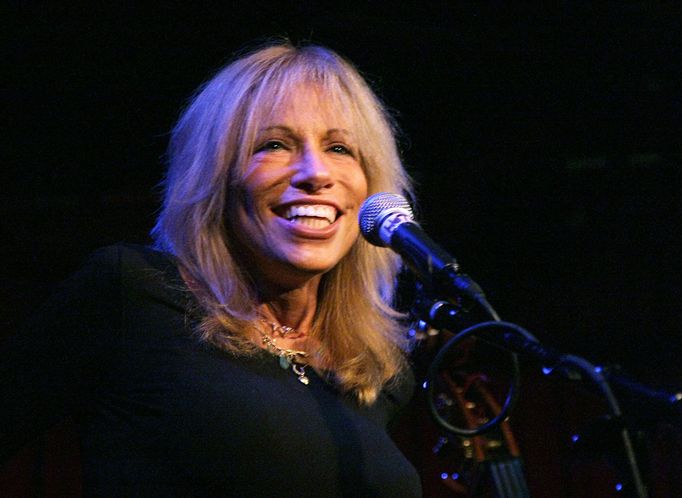Taylor Swift and every female singer songwriter working today for the last five decades should be observing this week as a holy holiday. Fifty years ago today, Carole King released “Tapestry.” Yesterday marked the 50th anniversary release of Carly Simon’s first of many hits, “That’s the Way I’ve Always Heard it Should Be.”
In April, we’ll have have the 50th celebration of Joni Mitchell’s “Blue.”
1971 was a watershed year for pop composers. The entire year consisted of classic after hit, on the singles and album charts. The year began with George Harrison’s “All Things Must Pass.” The other Beatles followed suit with Paul McCartney’s “Ram” and John Lennon’s “Imagine” all over the radio. The man who connected Carole, Carly and Joni, James Taylor, would hit in May with “Mud Slide Slim” and his own version of Carole’s “You’ve Got a Friend.”
What a time! And those lists don’t include the Rolling Stones’ “Sticky Fingers” or Three Dog Night’s “Joy to the World”– a song we just heard day and night in commercials– or Marvin Gaye’s “What’s Going On'” or Rod Srewart’s “Maggie May.” Almost the entire foundation for the popular music we know was laid in 1971.
“Tapestry” was released in February, but didn’t make it to number 1 right away. But when it did, the run was extraordinary. Carole took number 1 on June 19th. “Tapestry” stayed there until September 25th. It wasn’t like Carole came out of nowhere. For seven weeks a little earlier in the year, Janis Joplin’s “Pearl” had had an incredible run at number 1, spurred by the performer’s death the previous fall and a monster hit single, “Me and Bobby McGee.”
When “Tapestry” took off, Joni Mitchell was already a well known quantity. She’d written the Judy Collins hit, “Both Sides Now.” She was a sucess d’estime with songs like “The Circle Game.” Everyone knew her from “Big Yellow Taxi” and “Woodstock.” Joni wouldn’t be a commercial success until 1974, and “Court and Spark.”
No, at that moment in February 1971, it was all about Carole and Carly. While “It’s Too Late” and “I Feel the Earth Move” went up the charts as a double A-side– two sides of a single getting number radio play simultaneously — Carly Simon came floating up on the air on a cloud. “That’s the Way I’ve Always Heard it Should Be” was so confessional and autobiographical, it seemed, everything stopped when it played. You literally said to people, “Listen to this,” when it came on the radio.
The “Carly Simon” album is good, but it’s not the best one Simon released in 1971. Like Taylor Swift now, Carly was prolific and determined. In late summer she issued “Anticipation,” maybe 2,000 times better than its predecessor with the title track hit and ten other endlessly memorable songs like “Legend in Your Own Time.”
It was still 1971. Before the year ended, Carole rejoindered with her excellent “Music” album and the game was on. For the next six or seven years, Carly, Carole and Joni, and many others created the canon of singer songwriters. A year later, Simon would drop “No Secrets” with “You’re So Vain,” and turn a corner into blockbuster-hood. Produced by Richard Perry, it remains the signature single of the 70s. The lyrics are still be debating. The production equals the best of Phil Spector and Wagner.
Here’s something you may not know. Carly told me when I interviewed her in 1989 that she and Carole almost made an album together. Carly wrote the lyrics but nothing came of it in the end.
I’d like to say I heard about all this, or read it somewhere. But I must admit, I was there. I was turning 14 and music was literally flowing from everywhere. Did we know it would become classic? Yes, I think so, instantly, we knew we had this run of quality and adventure and experiment not just with these people but with Santana, and Eric Clapton and Marvin Gaye and Donny Hathaway, not to mention two Aretha Franklin albums, and so many more. It was a magical time in creativity.

